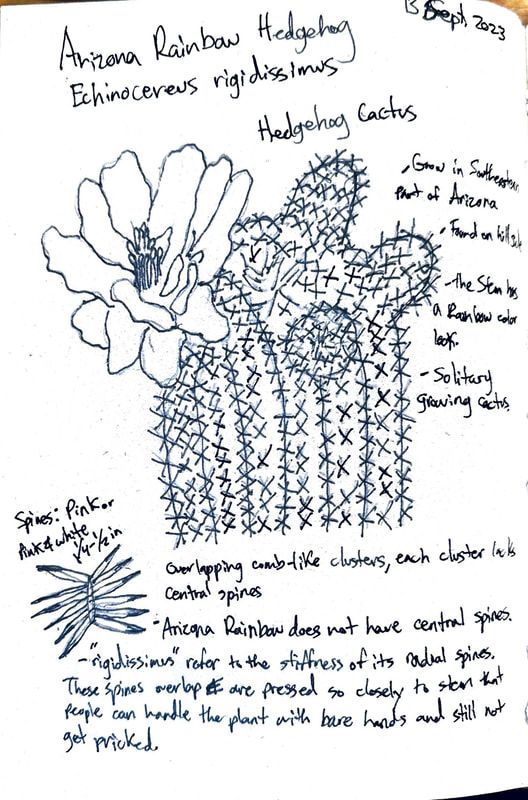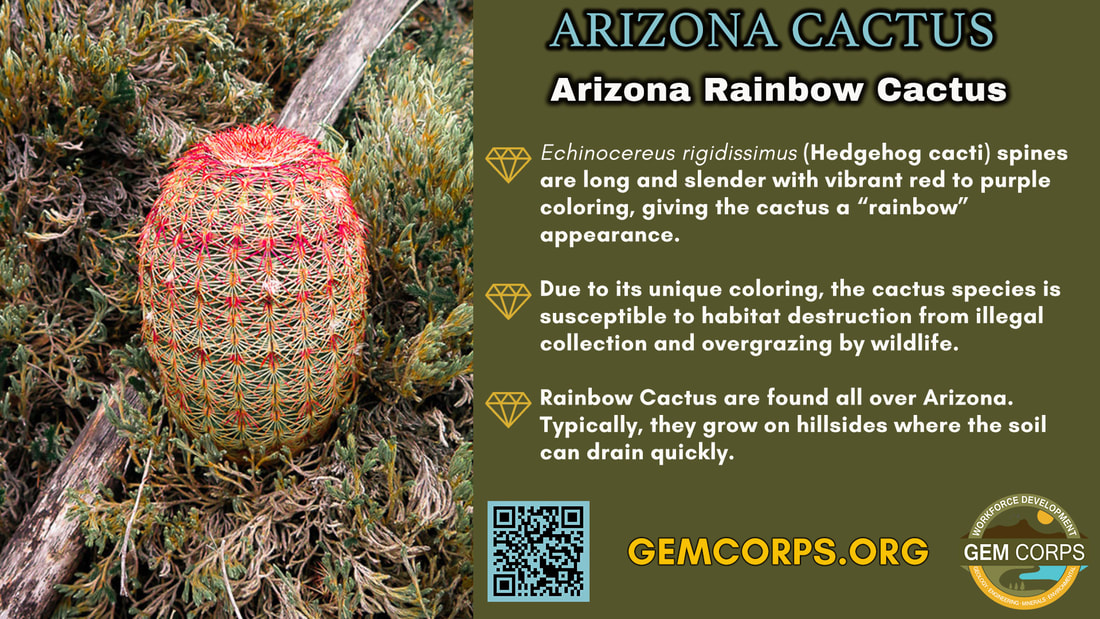|
By Christopher Gillis GEM Corps Public Relations and Marketing Associate Almost every STEAM (science, technology, engineering, arts, mathematics) )-related job requires data collection and memory recall. A common workspace (or fieldwork) practice is taking field notes. Making and keeping field notes is so commonly practiced it is often referenced in pop culture. Have you ever played the video game “Uncharted” and had to flip through Nathan Drake’s journal to discover a clue to a puzzle? Remember in “Indiana Jones and the Last Crusade” and how Dr. Henry Jones (Indy’s dad) kept a notebook full of illustrations and notes on his studies of the Holy Grail? Or what about the journal John Bunbar kept while studying the Sioux tribe in “Dances with Wolves.” These are all literary examples of field notes used to progress the plot. Field Notes are contained in a journal designated to record observations and activities someone encounters or participates in during fieldwork. Fieldwork work is done in the field (or lab) to gain practical experience and knowledge through firsthand observation. My fieldwork is a combination of real-world knowledge gained while exploring my environment, personal studies, and workshopping ideas for future projects. I have maintained a journal for Field Notes for the last four years. I took up the practice when I began working at a Paleontology museum and was required to give tours around the facility. Prehistoric animals have complicated scientific names, unique features from anatomy, strange habitats, and theorized behaviors. I was required to memorize all these facts to provide an enriching experience for visitors to the museum. By trade, I work as a content creator, taking photos, recording videos, quick write-ups, and designing graphics for social media. My Field Notes have become a vital source of inspiration when I have to create new content. Here’s an example of a page I created for the Arizona Rainbow Cactus. As a content creator for an environmentally focused workforce development nonprofit, I have to research several topics from STEAM (science, technology, engineering, arts, and mathematics) to create graphic factoids for online enrichment. My process starts with drawing the subject (to the best of my ability). Once I flush out an illustration, I will fill the surrounding blank space with facts I have learned about the subject. This note-taking process helps me focus on critical facts and retain the information for later use. You might be saying, “Well, I can’t draw.” Neither can I. Which is why I’ve included examples of my Field Notes. Getting into the practice of drawing an image while studying can significantly improve the ability to retain information. “Drawing while taking notes is a powerful memory tool. Scientists have learned drawing "requires elaboration on the meaning of the term and translating the definition to a new form (a picture)." The act of drawing and note-taking is an active way to absorb information. The practice forces “the student” to grapple with what they're learning and reconstruct it in a way that makes sense to them” (Terada, “The Science of Drawing and Memory,” Newsroom.unl.edu, https://newsroom.unl.edu/announce/csmce/9972/58389#). The great benefit of maintaining a Field Notes journal for work is it can be used as a personal quick source guide for job duties. Working in the STEM field, an essential task at work is observation. Keeping notes on what is “seen” is a significant way of gathering critical data to create a conclusion (finish a project). As a content creator, I use my notes to create multimedia assets. Here’s an example of the Arizona Rainbow Cactus as a graphic factoid. All the information I’ve collected in my Field Notes works as a mental asset when on the job. Research on the topic of drawing while taking notes shows improved recall because of how the information is encoded in memory. “When a student draws a concept, they must elaborate on its meaning and semantic features, as the act of drawing (using your motor actions) and visual processing helps to cement the idea to our memory” (Terada, “The Science of Drawing and Memory,” Newsroom.unl.edu, https://newsroom.unl.edu/announce/csmce/9972/58389#). During a CPR Certification class I took with Granite Mountain Training, I wanted to make sure I understood the practice of giving CPR. While the instructor showed techniques on a dummy, I would quickly illustrate the dummy and critical concepts of performing CPR. Having to perform CPR on a person is a high-stress situation, and I wanted to prepare myself as much as possible mentally. Making illustrated notes allows my mind to role-play scenarios, which helps me become more comfortable performing the task in the “real world.” Overall, keeping Field Notes is an effective tool as a quick reference source for real-world work situations or a way of helping the brain retain essential information. More examples of my Field Notes: Work Cited:
Terada, Youki. “The Science of Drawing and Memory.” University of Nebraska-Lincoln, newsroom.unl.edu/announce/csmce/9972/58389#:~:text=It%20forces%20students%20to%20grapple,information%20is%20encoded%20in%20memory. |
Categories
All
Archives
June 2024
|
G.E.M. Environmental NFP
Geology - Engineering - Minerals - Environmental - Not for Profit
Geology - Engineering - Minerals - Environmental - Not for Profit
Community Partners
|
Programs
|
Get Involved
|
About
|
Follow Us
|
Sponsors & Donors
|
© COPYRIGHT 2017 - 2023. ALL RIGHTS RESERVED. G.E.M. Environmental NFP
GEM Environmental, GEM4STEM, GEM Corps, and Charity Rocks are all Registered Trademarks of G.E.M. Environmental NFP.
Any and all use of Trademarks or Copyrights must be authorized.
GEM Environmental, GEM4STEM, GEM Corps, and Charity Rocks are all Registered Trademarks of G.E.M. Environmental NFP.
Any and all use of Trademarks or Copyrights must be authorized.




 RSS Feed
RSS Feed


